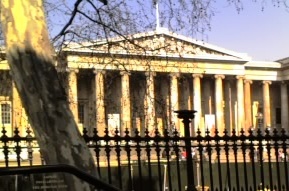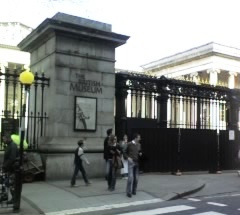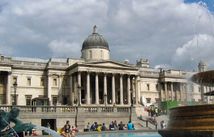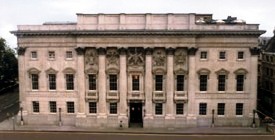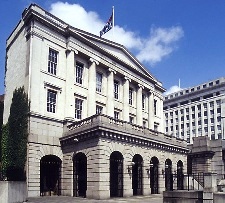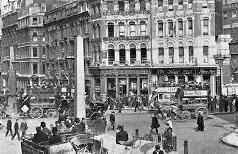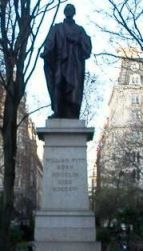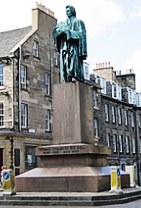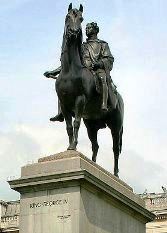|
The British Museum
The British Museum was founded in 1753 and contains
world-famous collections of antiquities from Egypt, Western Asia, Greece
and Rome, as well as Prehistoric and Romano-British, Medieval, Renaissance,
Modern and Oriental collections; Prints and Drawings; Coins, Medals and
Banknotes.
The museum collections are maintained both for
exhibition and as a research resource for some 30,000 enquiries from professional
academics, school-children, tourists each year. The Museum site covers
5.4 hectares. The main building has six main levels and a number of mezzanines
- there are 94 permanent and temporary exhibition galleries displaying
Museum objects covering some 18,415m. .
Parts of the museum were built from the granite hewn from the Hay Tor Quarries but finding
out which parts is an impossible task. From a cursory scan and having the piss ripped out of me by the
wife, the perimeter wall, gates and main steps are of Haytor Granite.
Ramsgate Harbour
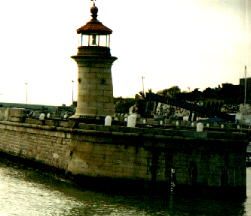
Ramsgate Harbour
Having taken a look at the inner harbour at Ramsgate, the granite did come
from Dartmoor but not Haytor. It is possible that the stone was bought
from the Haytor Granite Company when owned by the Johnson Brothers.
Their granite was taken from Swell Tor, King Tor and Foggintor on Walkhampton Common on the
western side of Dartmoor and was of inferior quality. They re-named their company The Hay Tor
Granite Company as a deceptive marketing ploy to enhance their reputation.
Much of the harbour is built of a grey limestone, however the steps, edging and coping is of granite.
|
|
Covent Garden Market
Covent Garden is now a bustling part of the capital
with many street cafes, market stalls and steet performers. The performers
range from Royal Academy classical musicians to anyone who has the nerve
to stand up and become an entertainer. Covent Garden was originally designed
by Inigo Jones as a residential square in the 1630's, the market buildings
date from 1830 and are by Flower.
The Floral Hall was added in 1860 by EM Barry architect of the Royal Opera
House (1858).
In 1974 the market moved to Nine Elms, but the area survived to become a
flourishing new community,with a shopping centre, restaurants, London Transport
Museum and Theatre Museum.
Haytor Granite makes up the flagstones, pillars and steps of the main market hall.
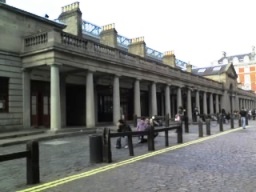
Covent Garden Market
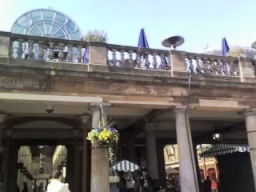
|

